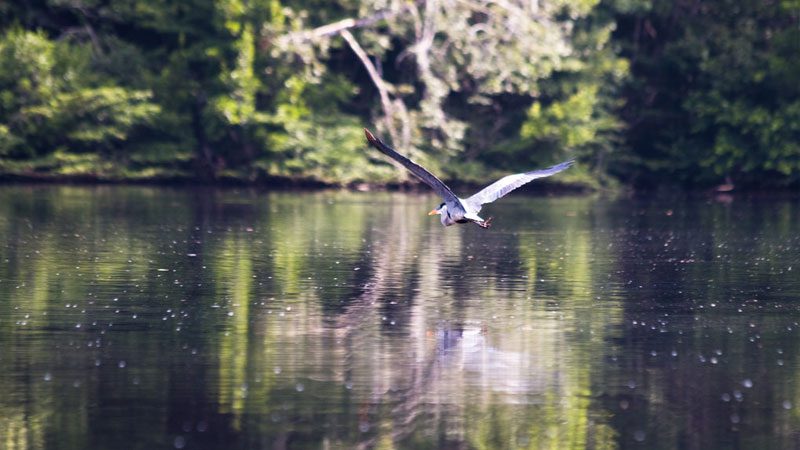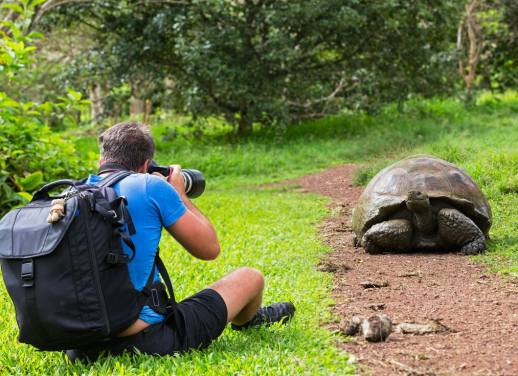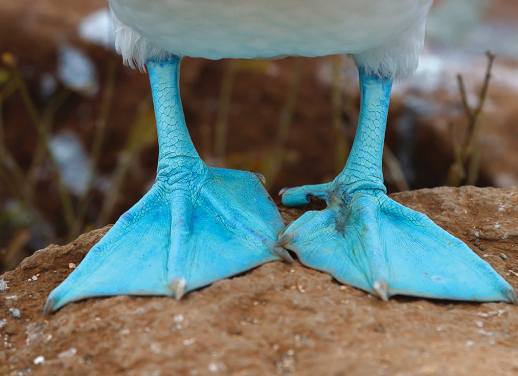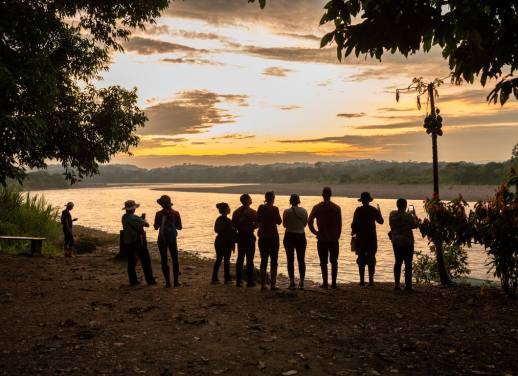“People say that their bite feels like being shot,” Freddie says as he pokes a stick at the quarter-sized bullet ant trying to scuttle away beneath the detritus on the jungle floor at his feet.
We all take a collective step back and my toes curl involuntarily within my rubber boots – as though the appendages within are trying to get even further away from the thought of that painful bite. The bullet ant is just one of the many species of insects and plants we come across during our three-hour trek through the Ecuadorian Amazon. We see butterflies and creeping vines; bright red beetles and plenty of spiders. Freddie shows us a “telephone tree,” which creates a resounding echo when you hit its trunk with another tree limb.
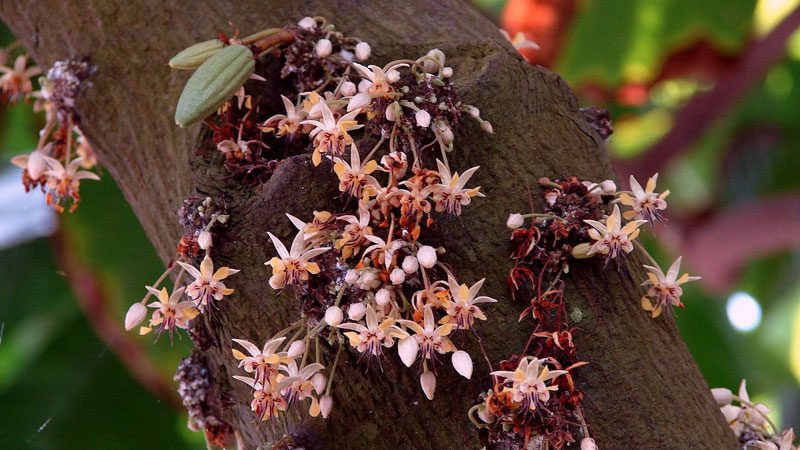
Image c/o Tatters, Flickr
And while our taste buds don’t want to come anywhere near the bullet ant, we do nibble on other things. Like a plant that acts as a natural numbing agent when you chew it, and the little lemon-flavored ants that live inside a plant called “the Devil’s garden.”
By the time our trek ends and we’re climbing back into an outrigger boat on the fast-flowing Napo River, I have a greater appreciation for the people that have for centuries called the Amazon jungle home. How they discovered that a certain plant would help cure cysts, or that another would help stop bleeding, I will probably never know.
We head back up the river, the boat’s motor struggling against the current, and eventually disembark again at the Shiripuno Lodge.
This rustic lodge, located a few miles from the port town of Misahualli, is not your average retreat. First of all, it’s located within Ecuador’s small portion of the Amazon jungle. And, second of all, the Shiripuno Lodge is a special project run completely by the women of the nearby Shiripuno village.
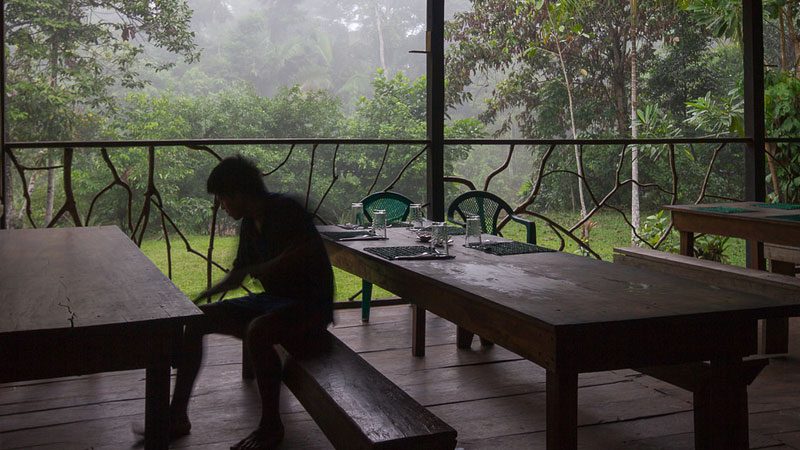
Image c/o Jean-Francois Renaud, Flickr
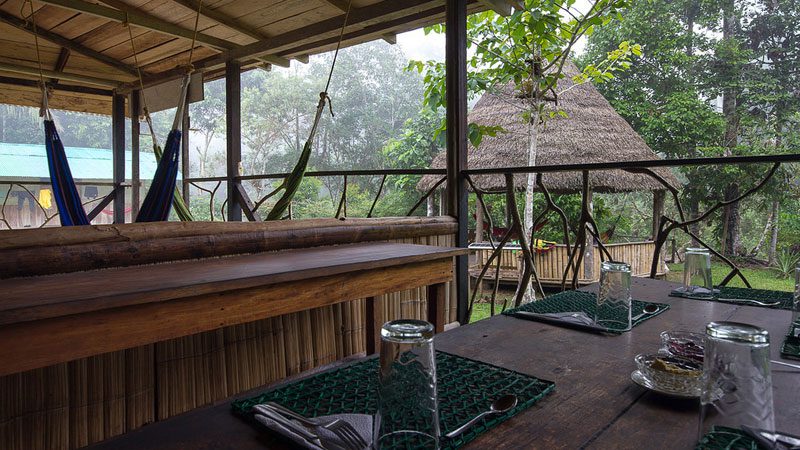
Image c/o Jean-Francois Renaud, Flickr
One of the things I love about traveling with Intrepid is the fact that they go out of their way to support local projects like this. When we get to the lodge, a young woman named Jocelyn shows us around the nearby plantation, which is just as important to the locals as my tourist dollars. We learn about cacao (and even try the slimy fruit that surrounds those precious cocoa beans), see how yuca is harvested, and spy plenty of ripening plantains. Joselyn knows everything about the plants – how long they take to grow, how to harvest them, and how to replant them. And she’s incredibly efficient with a machete.
But Jocelyn isn’t just a jungle guide. She’s also a traditional Quechua dancer, a cocoa-making instructor, and quite talented with a blow dart. She’s one of the many women in this area who is helping to keep local traditions alive.
That evening, my whole group is sitting in a line on bamboo benches as Jocelyn and other young women from the community perform traditional dances around a fire. They’re dressed in woven skirts and tops accessorized by polished seeds that provide rhythm as they move to the music. A big bowl of chicha – a local alcohol, in this case made from yuca – is passed around as the women dance, and I’m struck by how much I’ve learned in just one day at the Shiripuno Lodge.
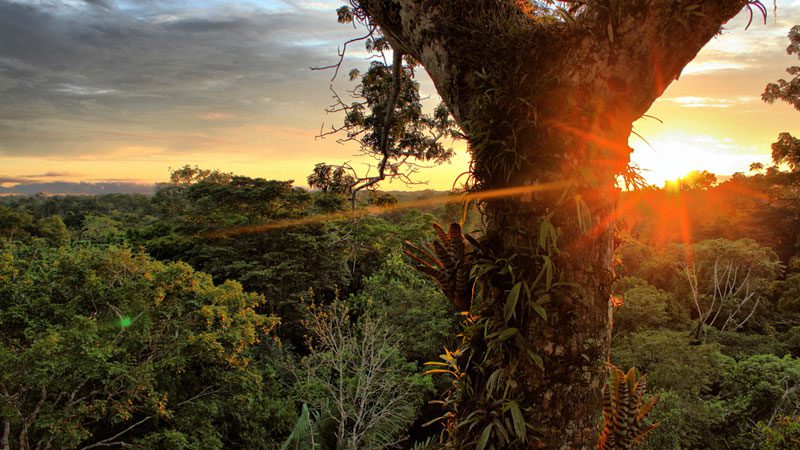
Image c/o Sara y Tzunki, Flickr
Some might call a place like this “touristy.” And in many ways it is – the purpose of the lodge is to serve tourists like me, after all. But I think that tourism might actually be helping to save a culture in this case.
Without my stay at the Shiripuno Lodge, I would have never learned about how you can transform cacao seeds into chocolate, or what a bullet ant looks like, or how to say “good morning” in Quechua (it’s “ali punja,” in case you’re curious). It’s these connections that truly make all the difference while travelling. I hope others after me will continue to help the community keep its traditions alive, and visit this little slice of the Amazon.
Want to try an Amazon homestay? You can stay at Shiripuno Lodge on our Ecuador on a Shoestring adventure.
Feature image c/o Nick Pedersen, Flickr

